The diversity of life around us is immensely fascinating, and we have only started understanding some of the complex and intricate evolutionary processes that have shaped this breathtaking diversity. Diversification comprises (i) Speciation, which gives rise to new species and generates macroevolutionary patterns (ii) Intra-specific divergences among populations of a species, which are mediated by natural selection and form the basis for speciation. Our lab is interested in addressing both aspects of diversification. Given that we are interested in diversity, we are also diverse in terms of study systems – we have ongoing projects on butterflies, plants and reptiles. Current (non-mutually exclusive) themes of research include
- Prey-predator interactions
- Insect-plant coevolution
- Phenotypic plasticity
- Life-history traits
- Molecular ecology
Prey-predator interactions:
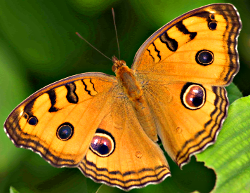
Selected Publications: Kodandaramaiah 2011, Mukherjee and Kodandaramaiah 2015, Murali and Kodandaramaiah 2016, Murali and Kodandaramaiah 2018.
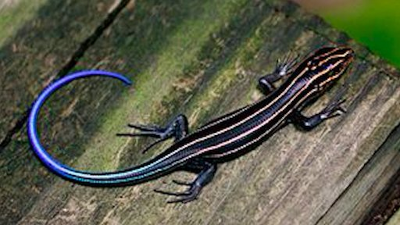
Insect-plant coevolution
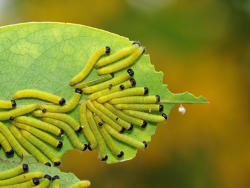
There is something about herbivory. Herbivorous insects comprise half of all eukaryote species, and shifts from carnivory to herbivory have repeatedly increased insect diversification rates. Coevolutionary interactions between insects and their hostplants therefore have a prominent place in the quest to understand diversification. In our lab, we try to understand insect-plant coevolution using both experimental work and molecular ecological approaches (including phylogenetics and phylogeography/population genetics).
Selected Publications: van Bergen et al 2016, Kodandaramaiah et al 2011, Sahoo et al 2017.
Phenotypic plasticity
Phenotypic plasticity – the ability of the same genotype to give rise to varying phenotypes depending on the environment – is a widespread adaptive strategy. It is now recognized that phenotypic plasticity can provide the raw material for the underlying phenotypes to eventually diverge genetically. Current projects in our lab investigate adaptive phenotypic plasticity of adult and immature colour patterns in butterflies.
Selected Publication: Mayekar & Kodandaramaiah 2017.
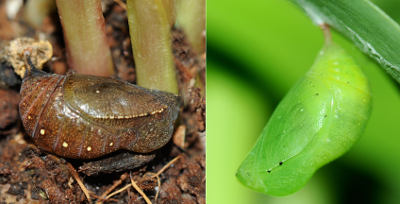
Life history Traits
This is a relatively new area of research in our lab. Among other things, we are currently using plant model systems to understand the evolutionary tradeoff between offspring size and number, and the selective forces that bear upon this. We are also interested in the evolution of at life history traits in butterflies.
Selected Publication: Dani & Kodandaramaiah 2017.
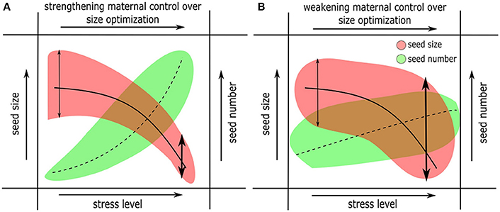
Molecular ecology
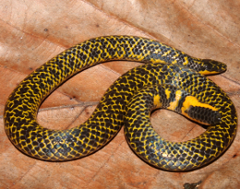
Phylogenetic and population genetic/phylogeographic information provide the framework on which diversification is studied. Phylogenies are needed to understand macroevolutionary questions, for e.g. what ecological factors led to an increase or decrease in diversification. Population genetic/phylogeographic tools allow us to estimate the extent of geneflow across populations – information needed to understand intraspecific diversification. Therefore, phylogenetics and population genetics/phylogeography are recurrent themes across various projects in our lab.
Selected Publications: Sahoo et al 2016, Cyriac & Kodandaramaiah 2017, Sahoo et al 2017.
Approaches and Techniques employed in the lab:
- Laboratory experiments
- Field experiments
- Phylogenetics, phylogeography/population genetics
- Genetics
- Phylogenetic Comparative methods
- Simulations

Many of our projects involve multidiscplinary approaches. For example, we have been investigating hostplant-butterfly associations using large-scale phylogenies, as well as field and lab experiments. To understand diversificaton of Impatiens plants in the Western Ghats, we are applying population genetics, phylogenetics, field experiments and laboratory trials to get a holistic picture.









